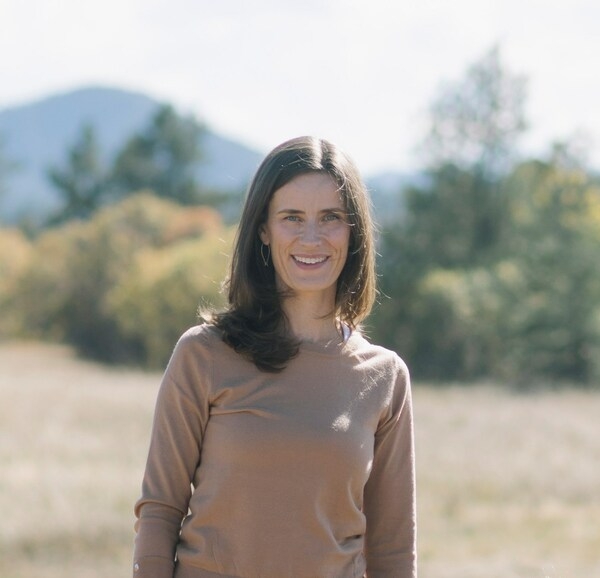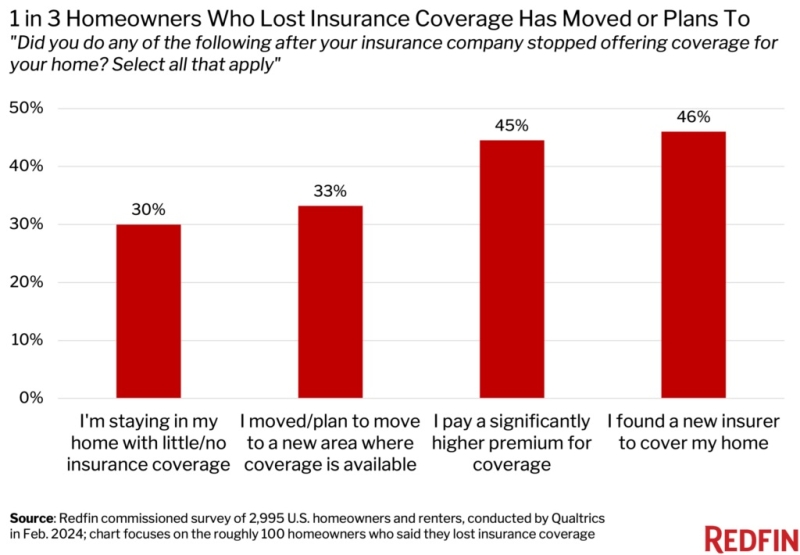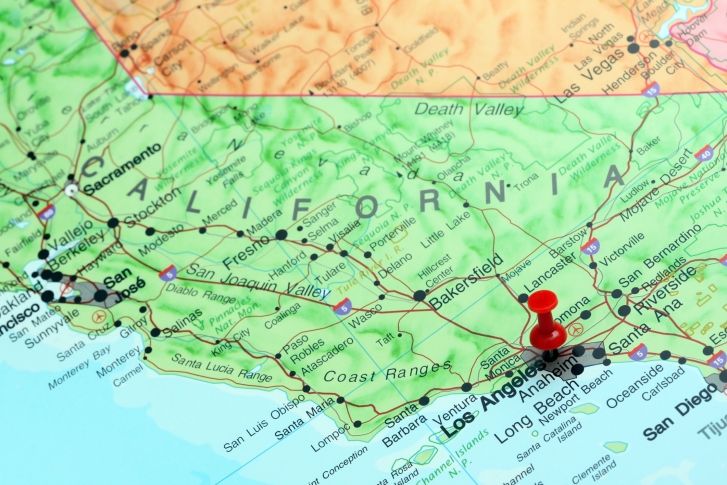Advertisement
Indiana industry appointments update - 8/1/2007
Should we have a foreclosure moratorium?Peter G. MillerForeclosure moratorium
With the rapid increase in foreclosures nationwide, it follows
that there would be a call for a foreclosure moratorium. Now such a
call has come from several of the nation's leading civil rights
organizations—organizations asking for a ban on foreclosures
for the next six months.
Sub-prime loans are tailored to meet the needs of borrowers with
weak credit. Typically, that means individuals with limited incomes
and, in our society, those with limited incomes tend
disproportionately to be minority borrowers.
• U.S. Census Bureau figures showed that as of 2000,
Hispanic households had a median income of $33,400.
African-American median household income was $30,400 and white,
non-Hispanic households earned $45,900.
• In 2000, according to the U.S. Census Bureau, the latest
year for which figures are available, the median white,
non-Hispanic net worth was $79,400. In comparison, the net worth
for African-American households was $7,500, and, for Hispanic
householders, the total was $9,750.
• "Most rental property owners," said the U.S. Census
Bureau, "were white (85 percent). Black or African-American
individuals owned eight percent of multi-family properties, and
Asian or Pacific Islanders owned four percent. Hispanic individuals
(who may be of any race) owned six percent of multi-family
properties. This disparity in ownership between whites and
minorities grew larger as the property size increased. Whites owned
93 percent of large multi-family properties, while blacks and
Hispanics owned only one and two percent, respectively."
• "Black and Hispanic borrowers taken together are much
more likely than non-Hispanic white borrowers to obtain credit from
institutions that report a higher incidence of higher-priced
loans," reported the Federal Reserve. "On the one hand, this
pattern may be benign and reflect a sorting of individuals into
different market segments by their credit characteristics. On the
other hand, it may be symptomatic of a more serious issue. Lenders
that report a lower incidence of higher-priced products may be
either less willing or less able to serve minority neighborhoods.
More troubling, these patterns may stem, at least in part, from
borrowers being steered to lenders or to loans that offer higher
prices than the credit characteristics of these borrowers
warrant."
What these numbers reflect are generations of racial, religious
and ethnic discrimination. Millions of people alive today plainly
remember such things as legal segregation, college applicants
denied admission because of religious background and "gentleman's
agreements" designed to limit neighborhood integration and equal
opportunity. Millions today remain impacted by prior discrimination
because past generations had less wealth and fewer opportunities to
pass along.
For instance, if your grandparents owned a home, that could be
the source of intergenerational wealth. If your grandparents could
not own because financing was unavailable to them as a result of
discrimination, then the value of that property could not be passed
through to the next generation—wealth that might have helped
someone buy a home, start a business or finance a college
education.
In terms of mortgage lending, "redlining" was a common practice
within recent memory—a technique designed to restrict, if not
eliminate, the availability of credit in minority
neighborhoods.
In a speech last month, Federal Reserve Chairman Ben Bernanke
explained that redlining may actually have been an outgrowth of
federal policy.
Said Bernanke, "The term 'redlining,' which refers to the
practice of designating certain lower-income or minority
neighborhoods as ineligible for credit, appears to have originated
in 1935, when the Federal Home Loan Bank Board asked the Home
Owners' Loan Corporation to create 'residential security maps' for
239 cities that would indicate the level of security for real
estate investments in each surveyed city."
"The resulting maps," Bernanke continued, "designated four
categories of lending and investment risk, each with a letter and
color designation. Type 'D' areas—those considered to be the
riskiest for lending and which included many neighborhoods with
predominantly African-American populations—were color-coded
red on the maps, hence the term 'redlining.' Private lenders
reportedly constructed similar maps that were used to determine
credit availability and terms."
The civil rights groups now seeking a foreclosure moratorium
estimate that "40 percent of Latino families and over half of
African-Americans who receive home loans get higher-cost
mortgages—predominately, sub-prime loans." But despite the
disproportionate impact of foreclosures on minority borrowers, the
groups seeking a foreclosure standstill are unlikely to be
successful at this time. The mortgage industry, for one, opposes a
foreclosure moratorium.
"Forbearance," said John M. Robbins, CMB, chairman of the
Mortgage Bankers Association, "is certainly an effective tool in
some cases, but it is not a sustainable long-term solution. If we
have learned one thing coming out of the Katrina and Rita
disasters, it is that blanket policies rarely have the desired
blanket effects. Each loan is an individual transaction and
situation, one which needs to be addressed individually between the
lender and the borrower."
What's really being played out here is the collision of two
powerful forces—millions of aggrieved borrowers versus well
funded lenders with powerful lobbyists and big political action
committees. The congressional hearings now underway in Washington,
D.C. and the plea for a foreclosure moratorium are only the first
steps in this process.
While civil rights groups will not prevail with demands for a
foreclosure moratorium at this time, if interest rates rise and
foreclosure numbers increase, then the odds will change in their
favor, especially as the election season nears.
"The politics of foreclosure are clear," said Jim Saccacio,
chairman and CEO of RealtyTrac. "Foreclosure is not a political
issue as long as it's rare. But once foreclosure numbers
increase—and once neighborhood values begin to fall as a
direct result—then foreclosures become a widespread voter
concern.
"History tells us," Saccacio continued, "that there have been
any number of state and federal foreclosure bans in the past. In
every case, such bans reflect public worries which have been
converted into public policies. Given the growing number of
foreclosures, there's little reason to believe that such bans could
not arise again."
Peter G. Miller is the author of "The Common Sense Mortgage"
and is syndicated in more than 110 newspapers. He may be reached at
[email protected].
About the author





